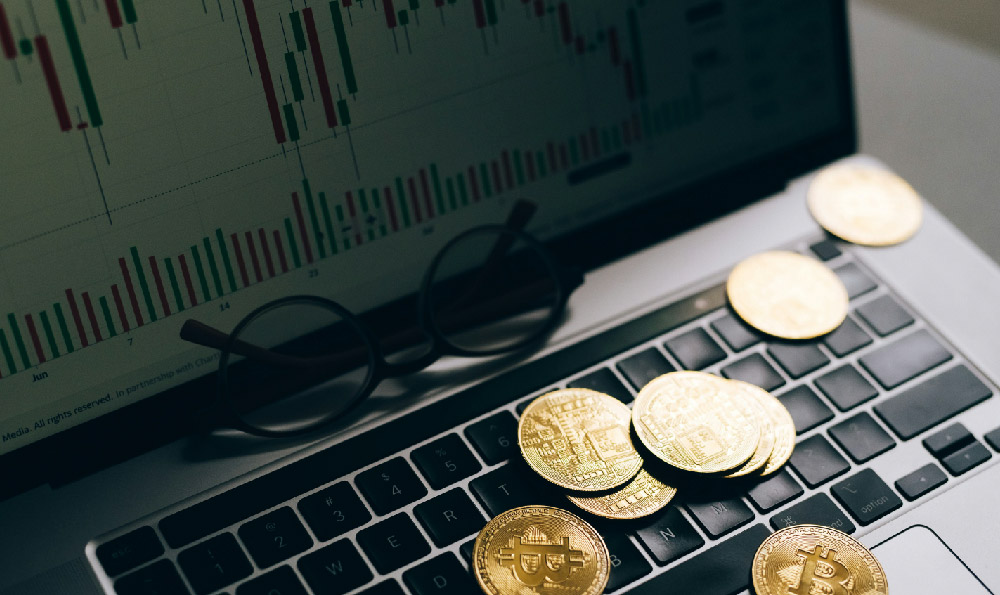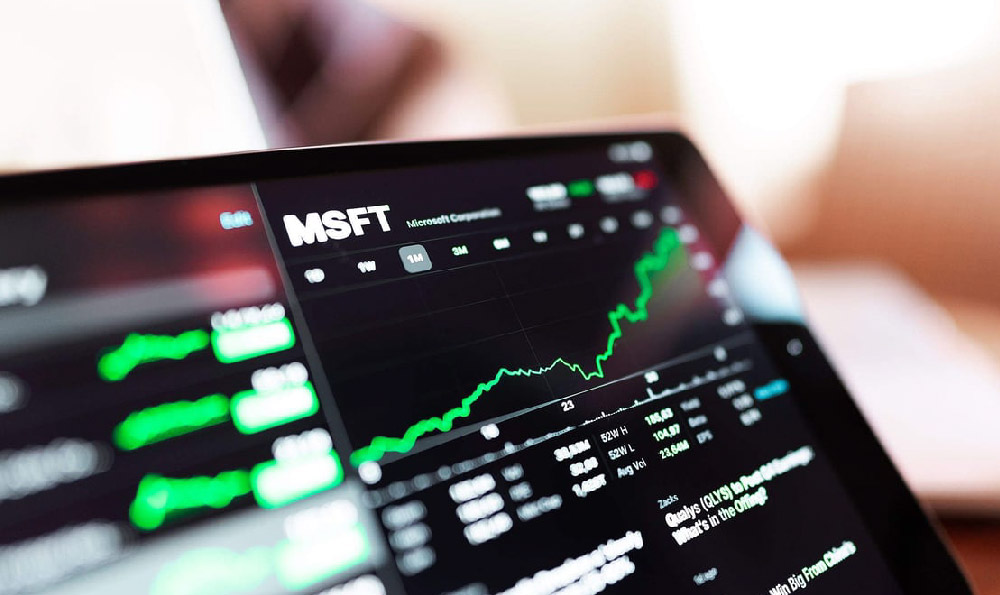
Okay, let's delve into the fascinating and often unpredictable world of book royalties and author income. The truth is, there's no magic formula to calculate exactly how much you'll earn writing a book. The potential income spans a vast range, from virtually nothing to life-changing wealth, and it depends on a complex interplay of factors, many of which are outside your direct control. However, we can explore the key elements that influence a book's earning potential and provide a framework for understanding how royalties and income are structured.
First, consider the type of publishing you choose. The two primary paths are traditional publishing and self-publishing, and each has distinct financial implications. Traditional publishing involves securing a contract with a publishing house, which handles the editing, design, printing, marketing, and distribution of your book. In this model, you typically receive an advance against royalties and then a percentage of the book's sales.
The advance is a lump sum paid upfront, essentially a loan against future earnings. It's tempting to think of this as free money, but it's crucial to understand that you won't receive any further royalties until the advance is "earned out," meaning the book's sales have generated enough royalty income to cover the advance amount. Advances can range from a few thousand dollars for a debut author with a niche topic to hundreds of thousands, or even millions, for established authors with a proven track record and a highly anticipated book. The size of the advance is based on the publisher's assessment of the book's commercial potential, factoring in the author's platform, the book's genre, comparable titles, and overall market conditions.

The royalty rate, the percentage of sales you receive after the advance is earned out, also varies depending on the publisher, the format of the book (hardcover, paperback, ebook), and the negotiated terms of the contract. Hardcover royalties typically range from 10% to 15% of the book's list price, while paperback royalties are often lower, around 7.5% to 10%. Ebook royalties are generally higher, often in the 25% to 50% range, but this is because ebooks have lower production and distribution costs. It's important to note that these percentages are often calculated on the net price received by the publisher, not the retail price paid by the consumer.
Self-publishing, on the other hand, puts you in complete control of the publishing process. You're responsible for all aspects of the book's creation, from editing and design to marketing and distribution. This model offers the potential for higher royalty rates, typically ranging from 35% to 70% of the book's list price for ebooks and print-on-demand paperbacks. However, you also bear all the upfront costs, including editing, cover design, formatting, and marketing. While you can theoretically earn more per book sold, you also face the challenge of reaching a wider audience and generating sufficient sales to cover your expenses and realize a profit. The success of self-published books heavily relies on the author's marketing efforts, networking skills, and ability to build an audience.
Beyond the publishing model, several other factors significantly impact a book's earning potential. These include the genre, the author's platform, the book's marketing and promotion, and overall market conditions. Certain genres, such as romance, thrillers, and self-help, tend to be more commercially viable than others, but competition is also fierce in these categories. An author's platform, which refers to their existing audience and online presence, plays a crucial role in driving book sales. A large and engaged social media following, a well-maintained website, and a history of successful content creation can significantly boost a book's visibility and sales.
Marketing and promotion are essential for reaching potential readers and generating buzz around the book. This can involve a variety of activities, such as social media campaigns, online advertising, book reviews, author interviews, and book signings. Both traditional publishers and self-published authors invest in marketing, but the scale and scope of these efforts can vary widely. Finally, overall market conditions, such as the popularity of certain genres and the economic climate, can also influence a book's success. Trends in reading habits and consumer spending can impact the demand for books and affect sales figures.
To illustrate the earning potential, let's consider a hypothetical example. An author signs a traditional publishing deal for a novel and receives an advance of $10,000. The book is published in hardcover with a list price of $25, and the author's royalty rate is 10%. The publisher sells 2,000 copies of the book. The author's royalty earnings would be $2.50 per book (10% of $25), totaling $5,000. Since the advance was $10,000, the author hasn't yet earned out the advance. They won't receive any further royalty payments until the book sells enough copies to generate an additional $5,000 in royalties.
Now, let's consider a self-published author who sells an ebook for $4.99 and receives a royalty of 70%, which amounts to $3.49 per book. If the author sells 1,000 copies, they would earn $3,490. However, they would need to factor in the costs of editing, cover design, and marketing to determine their actual profit.
It's important to remember that these are just examples, and the actual earnings can vary significantly. Some authors may earn only a few hundred dollars from their books, while others may earn millions. Building a sustainable writing career requires not only talent and hard work but also a strategic approach to publishing and marketing. It often involves writing multiple books, building a loyal readership, and diversifying income streams through activities such as speaking engagements, online courses, and merchandise sales. While predicting the exact income from writing a book is impossible, understanding the factors that influence royalties and sales is crucial for setting realistic expectations and making informed decisions about your publishing journey.





